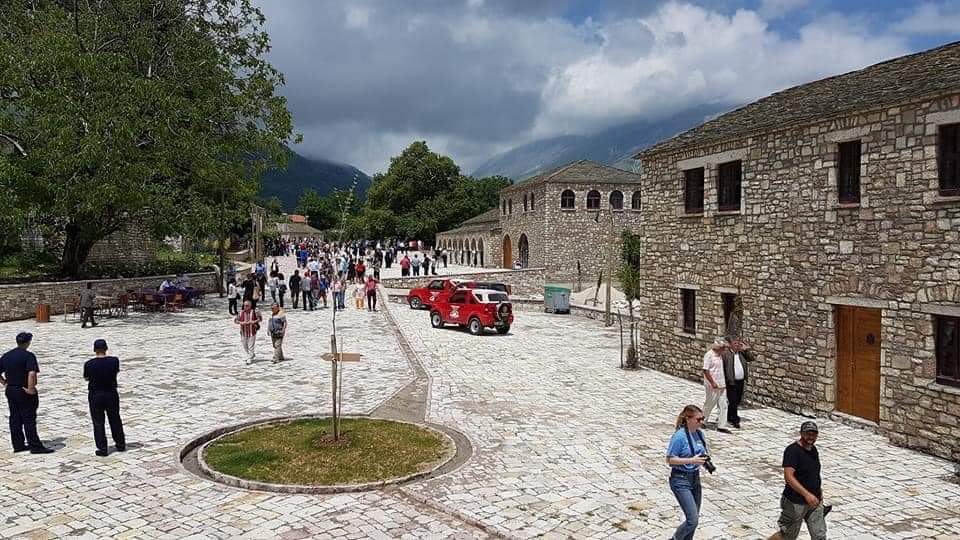The village of Nivica is part of the administrative unit “Kurvelesh”, 30 km from the city of Tepelena and 190 km from the capital, Tirana. It is located 750 meters above sea level, at the foot of Këndrevica mountain, 2100 meters high.
Archaeological research has started in Nivica and in the province of Kurvelesh for the next 5 years, in cooperation with the University of Bristol, the Municipality of Tepelena, the Institute of Archeology and the KBA.
View this post on Instagram
The inhabitants of the village for centuries have been present in the Mediterranean region through the ports of ancient Butrint and Aulona, making possible not only the exchange of goods, cultures but also ideas. Nivica with an area of 105 km2, is bordered by nine villages and is the largest in the province. The inhabitants of this town have a very ancient origin. According to François Puckeville’s book, Travels in Greece, the Illyrian tribe of Amantes lived here.

In Nivica the Illyrians in the IV-II centuries BC built a castle as the genesis of the later town. The castle is built on a rock with a height of 80 to 100 m, at a strategic crossroads and it was impossible to approach it. Here passes the road of Salaria, Kuçi, Bënçë and Vërmik. The strategic position and the castle made this settlement the second important center of the Illyrian tribe of Amantes.
View this post on Instagram
The castle was first rebuilt by the Romans around 167 BC. Nivica Castle, 2400 years old and the residence of Myfit Kaçubaj are cultural monuments. Next come the Nivica canyons. The 220-meter-high waterfall is among the tallest in Europe. Nivica name comes from the Latin and it means “snow”. The natural beauties are endless. Streams of crystalline water flow from translucent canyons and stone bridges dating back to Ottoman times, arched over valleys untouched for centuries. When the sun goes down, the shepherds pass by their flocks through the fields and take them to the sheepfolds, where they are ready to be milked. Here you see people milking sheep and goats like 4,000 years ago.
View this post on Instagram
Near the castle was found a bronze statue of the Pelasgian Zeus and the eagle, both 8 cm high created in the workshops of Amantia in Vlora. Zeus is a naked man with a menacing appearance and is understood to be lightning-fast Zeus, similar to those found in Apollonia, Korca, Ioannina and found in 1961 in the Agenda of Lecce in Italy, dating to 530 BC.
View this post on Instagram
From other findings such as Amateur and Epirote coins and ceramic fragments, it appears that this was the time of the flourishing of the Illyrian town of Nivica. This large village at certain moments when attacked by foreigners, has been reduced to 10-12 inhabited houses.
View this post on Instagram


